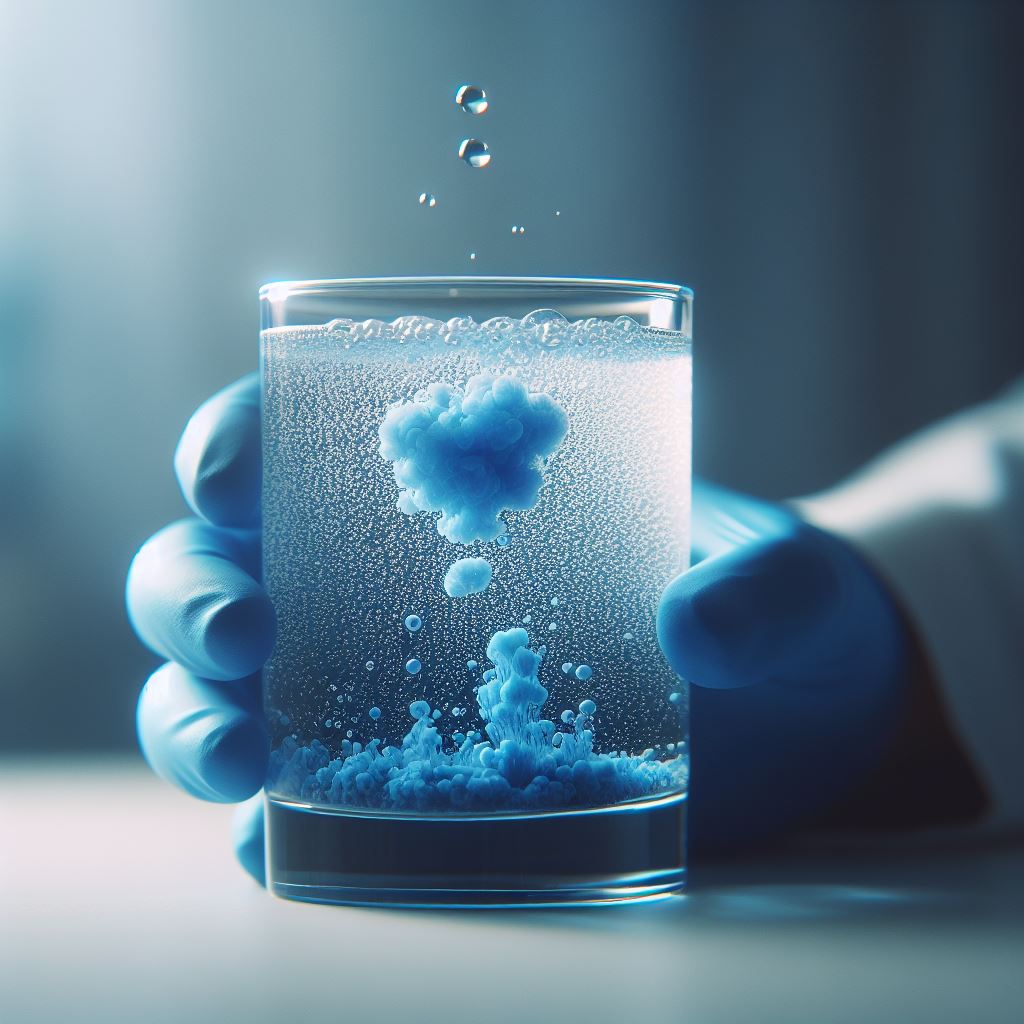Flocculants are widely used in the treatment of swimming pool sewage. But in sewage treatment, coagulants, coagulants are indispensable, many people know that polyaluminum chloride, polypolyacrylamide, polyaluminum ferric chloride, polyferric sulfate and so on are sewage treatment agents, but the actual let say which is coagulant, which is flocculant is not clear, then what is coagulation, flocculation, coagulation aid? What’s the difference between them? How do they behave differently in sewage treatment?

Difference I:Difference in principle of action
To understand their respective characteristics, we must first understand the principle of sewage treatment. Consider breaking the sentence for better structure: “When using a flocculant, it should be dissolved first. The dissolved agent exhibits different properties when added to the water, and the dosage and effect can be judged based on these properties. After the coagulant is added to the raw water, it is fully mixed with the water body, most of the colloidal impurities in the water lose stability, and the unstable colloidal particles collide with each other in the flocculation tank and condense to form floc that can be removed by precipitation method.
Coagulation aid
After adding coagulant, the colloid in the water loses stability, and the colloid particles condense with each other, resulting in the formation of many “small alum flowers”.
Flocculation
The “small alum flower” formed in the condensation process is a process of forming a flocculant with larger particles through adsorption, tape winding and bridging.
Coagulate
Coagulation aid is the general term for the two processes of coagulation and flocculation. It is the aggregation process of colloidal particles and small suspended matter in water. The function of coagulants is to reduce the electric potential difference between non-dispersible particles containing the same charge in the water, so that they can cluster together to form larger particles, and then extract them by physical or chemical means. Coagulants usually contain positively or negatively charged functional groups that interact with the inversely charged particles in the water, causing them to lose reliability and eventually aggregate together to produce flocculates. This flocculate can be extracted more easily
Brief summary
That is to say, “coagulation” includes the whole process from raw water administration to water mixing, drug reaction (destabilization, flocculation) to the formation of large particles of flocculation. Flocculation refers to the stage when macroflocs form from tiny flocs after the colloidal particles are destabilized. Therefore, flocculation is only one step of coagulation!
Difference 2:Cost variance
Because the production process of a coagulant is simple, the production cost is low, resulting in a relatively low price. Coagulants belong to inorganic compounds, the aggregation mode is complicated, the production and manufacturing risk is large, so the cost is high.
Difference 3:Dissolution difference
Their dissolution is different: coagulant due to its relatively low content, can be directly added to water and quickly melt, generally instant products; The coagulant, due to its high molecular structure, needs continuous mixing after dissolving in water. Its general dissolution time is 30 to 60 minutes.
Difference 4:Difference of action mechanism
Coagulate
When the particle size of the suspended matter in the water is sufficiently small, its fitness exercise energy can offset the force, preventing the particles from settling easily and maintaining the situation for a long time. In addition, the surface layer of suspended matter generally contains positive charges, and the repulsive force between the same charges makes it difficult to expand the particles, thereby increasing the stability of the mixture. The coagulation process is to add a flocculant containing positive charge to the mixture to neutralize the negative charge on the surface of the particles and promote the loss of reliability of the particles. .Intermediate particles can be separated from water through the effects of impact, adsorption, attraction, and other mechanisms.
Flocculation
After adding flocculant to water, flocculant and suspended particles or organic suspended matter and activated sludge will coagulate to form floc alum, and the floc will collide and coagulate with each other. In the process of collision and agglomeration, the size of floc will gradually grow, and the mass of floc will increase immediately, and then separate from the water body and precipitate to the lower part of the water body. The precipitation treatment efficiency of water not only depends on the precipitation rate of particles, but also on the precipitation rate of floc. The precipitation rate of floc alum increased with the depth of water.
Conclusion
In this paper, the differences between flocculants and coagulants are introduced in detail, including the differences in price, dissolution mode and mechanism of action. The role of flocculants and coagulants in water treatment and their cost comparison are also explained.
